Ever clicked through a website or tapped around an app effortlessly? It’s no magic—it’s all about good digital experience design. People expect more than just clicking buttons – they want a smooth and better experience. This becomes crucial for providing an outstanding digital experience that should make sites, apps, and browsing enjoyable for everyone.
In this blog, we’ll explore the key elements of exceptional digital experience design, its significance, and straightforward strategies to enhance the user experience on your website or app. By the conclusion, you’ll be well-equipped to refine your digital offerings, making them more intuitive and user-friendly to engage a broader audience.
What is Digital Experience Design?
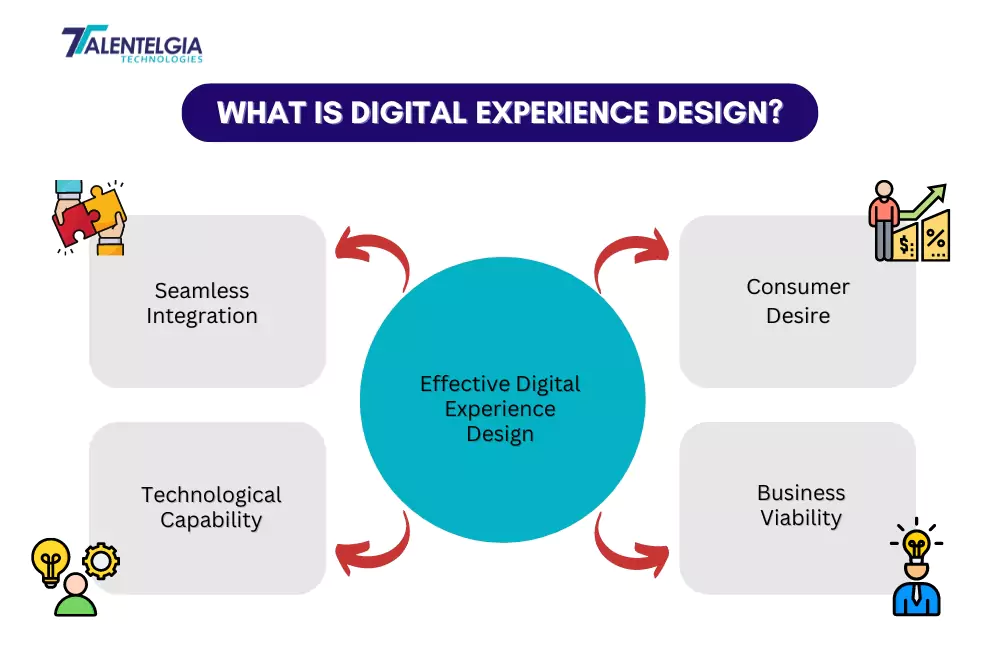
Digital Experience Design (DXD) is all about making digital platforms, like websites or mobile apps, attractive and easy to use. Think of intelligent, high-tech shops where everything is easy to find, looks fantastic, and works perfectly – that’s the kind of experience Digital Experience Design aims for in sites and apps.
Those involved in Digital Experience Design constantly consider whether users like something, what they need, and what makes them happy. They use technology, knowledge of how the human mind works, and creativity to ensure that digital platforms, like websites, are accessible. It ensures that navigating a website, talking to a digital assistant, or posting on social networks work well together.
Digital Experience Design isn’t just about creating digital products that work well; it’s about connecting these products with people’s true feelings. As Steve Jobs once said,
“Design is not just what it looks like and feels like. Design is how it works.”
In other words, Digital Experience Design is about making something so great and working so flawlessly that people will remember and cherish it
The Importance of Digital Experience Design
The UX Design industry is projected to reach a market value of $20,058 million by 2028, demonstrating a robust compound annual growth rate (CAGR) of 16.24% from 2021 to 2028. This trend indicates a strong and positive trajectory for the sector.
Here’s why it matters:
Happy Customers: Designing digital experiences is all about making designs that customers enjoy while browsing. If customers are happy, they’ll keep coming back, stay loyal, and tell others good things about your brand.
Stand Out from the Crowd: With so many choices today, a great digital experience can help a business stand out from the competition and get noticed in a busy market.
More People Taking Action: If a website or app is easy to use, more people will do what you hope they will. This could be buying something, filling out a form, or signing up for a newsletter. A simple and clear user experience design service makes it more likely that users will finish what they start.
Better Brand Image: How humans see a brand depends a lot on its digital experience. Easy and smooth user experience builds trust and credibility, even as a horrific you may damage the brand’s reputation. Designing an amazing digital experience improves how humans see and feel your logo.
Key Components of Digital Experience Design
Creating an eye-pleasing digital experience involves thinking about a few important aspects. Here are some key parts:
Understand Users: It’s important to know what users need and like. Doing research helps find areas that can be improved and how to keep users engaged.
User Personas: Make profiles based on research to remember who the users are. These profiles show different types of users, what they want, and what challenges they might face.
Map User Journeys: Draw out how users experience it from start to finish. This helps find problems, moments of joy, and where designs can be made better.
Plan and Test Designs: Before making the final product, plan and test how it will look and work. This helps find issues and ways to make it better without spending a lot of time or money.
Design Interactions: Create easy and enjoyable ways for users to click buttons, fill forms, and move around. This includes making UX designs that look good and work well.
Differences Between Digital Experience Design (DXD) and User Experience Design (UX)
| Aspect | Digital Experience Design (DXD) | User Experience Design (UX) |
| Focus | Focuses on the entire digital ecosystem and its interactions | Primarily concentrates on the interaction between a user and a product or service |
| Scope | Broader scope, including digital interfaces, platforms, and environments | Often centered on specific products, websites, or applications |
| Integration | Integrates various digital touchpoints and channels | Emphasizes seamless and intuitive interaction with a specific product or service |
| Technologies | Utilizes advanced technologies such as AI, AR, VR, IoT | Primarily relies on usability principles, wireframing, and prototyping |
| User Engagement | Aims for engaging, personalized, and memorable experiences | Strives for efficient, effective, and satisfying interactions |
| Metrics | Metrics may include engagement, retention, and satisfaction | Metrics often include task completion, error rates, and satisfaction |
| Flexibility | Adapts to dynamic digital environments and emerging technologies | Focuses on adapting to user needs and behaviors over time |
| Collaboration | With cross-functional teams is crucial | With designers, developers, and stakeholders is essential |
| Evolution | Constantly evolves with technological advancements and user expectations | Evolves with user feedback, industry trends, and UX design best practices |
Digital Experience Design: The Netflix Example
Imagine someone who wants to binge-watch ‘Money Heist’ on Netflix. They sign up, find the show, and start their viewing marathon. But what makes them decide to renew their subscription after the first month?
Through excellent UI design, Netflix needs to ensure the following:
- Information Architecture: Content should be well-organized and easy to navigate.
- Visual Design: The platform’s look should be clean and appealing.
- Usable Interface: Key streaming features should be readily accessible, including play, pause, skip, subtitle adjustments, and language selections.
When it comes to great User Experience Design (UXD), Netflix must provide:
- Effortless Subscription: Choosing and signing up for the right plan should be straightforward.
- Instant Search Results: Typing ‘Money Heist’ should lead to immediate and accurate search outcomes.
- Immediate Play: Clicking the play button should lead to an instant start of the series without delay.
And for a superior Customer Experience (CX), Netflix should deliver:
- Personalization: Recommendations and curated content tailored to the viewer’s preferences.
- Supportive Service: Quick and helpful responses from Netflix whenever the customer has a question.
- Seamless Interaction: An intuitive and frictionless experience across all devices, whether it’s via mobile, tablet, or desktop.
How will AI impact the future of Digital Experience Design?
In Jakob Nielsen’s recent article, he urges UX professionals to embrace AI, recognizing its growing centrality in shaping digital experiences. This prompts an intriguing inquiry into those actively engaged in crafting experiences that incorporate AI services, whether as researchers or designers. What distinguishes the design of AI-driven experiences, and what guidance can seasoned UX professionals offer to those venturing into this tech age?
A personal perspective on this matter involves three years of immersion in UX for AI, encompassing both design and research. The most notable shift lies in the involvement of new stakeholders, such as data scientists, lawyers, and ethicists. The work dynamics have also evolved, commencing with data exploration to unveil emerging patterns. Machine learning is always changing, and there are more and more rules for making AI reliable and safe. These rules focus on fairness, making AI decisions easy to understand, holding AI responsible, and making sure there’s proper control over AI. This makes the field unique and important.
The role of UX in selecting use cases and creating models appears to be in the early stages of establishment, with a need for defining responsible interface patterns for AI. Amidst the rapid pace of product innovation around AI, a balanced approach is advocated.
The advice is to spend half your time learning how humans and AI can work together safely and to lower risks. Then, use about 30% of your time to check if new AI products work well. Finally, spend the remaining 20% of your time adding AI to your daily tasks by using new tools. This insightful balance aims to navigate the dynamic landscape of AI in digital experience design.
Best Practices for Crafting Engaging User Experience
When making user journeys, keep these helpful tips in mind:
Think About Users First: Always think about what users want. Understand their needs, likes, and challenges to make the digital experience better for them.
Smooth Transitions: Make sure the journey from one point to another is easy. Think like the user and keep designs consistent across all channels.
Personalize the Experience: Use data to make it personal. Customize content for each user, making it more relevant and meaningful to them.
Easy-to-Use Design: Keep the digital experience simple to understand. Use clear language, easy navigation, and visual cues to guide users through the journey effortlessly.
Add Fun Elements: Use interesting graphics like animations, videos, and interactive features to keep users interested and motivated.
Think About Accessibility: Make sure everyone can use the digital experience, including people with disabilities. Follow established rules for accessibility and test with users of different abilities.
Keep Testing and Improving: Testing and making designs better should always happen. Regularly test with real users and make changes to give the best experience.
Conclusion
Designing digital experiences is a strong way to connect users with technology. Companies that focus on making designs engaging build strong connections with customers. The changing digital world needs the best UI design services to stay ahead.
By combining user research and design principles, companies create digital spaces that are not just useful but also enjoyable. Well-designed experiences turn occasional users into loyal fans, making customers happy. This difference between a forgettable interaction and an unforgettable experience encourages users to come back.
Investing in digital experience design is not just something nice to have; it’s necessary in today’s digital world. It ensures companies actively shape how customers interact with the digital world creating lasting impacts.


 Healthcare App Development Services
Healthcare App Development Services
 Real Estate Web Development Services
Real Estate Web Development Services
 E-Commerce App Development Services
E-Commerce App Development Services E-Commerce Web Development Services
E-Commerce Web Development Services Blockchain E-commerce Development Company
Blockchain E-commerce Development Company
 Fintech App Development Services
Fintech App Development Services Fintech Web Development
Fintech Web Development Blockchain Fintech Development Company
Blockchain Fintech Development Company
 E-Learning App Development Services
E-Learning App Development Services
 Restaurant App Development Company
Restaurant App Development Company
 Mobile Game Development Company
Mobile Game Development Company
 Travel App Development Company
Travel App Development Company
 Automotive Web Design
Automotive Web Design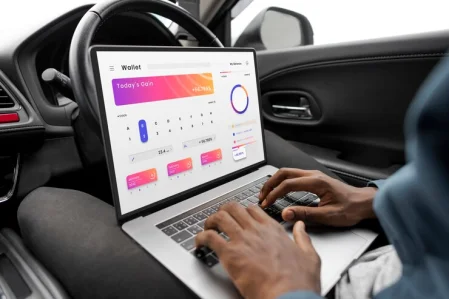
 AI Traffic Management System
AI Traffic Management System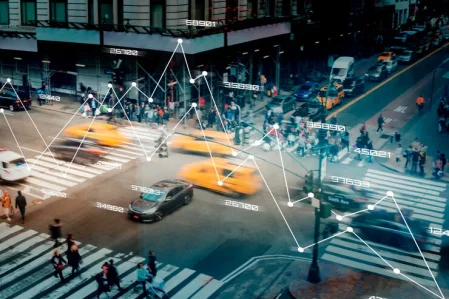
 AI Inventory Management Software
AI Inventory Management Software
 AI Software Development
AI Software Development  AI Development Company
AI Development Company  AI App Development Services
AI App Development Services  ChatGPT integration services
ChatGPT integration services  AI Integration Services
AI Integration Services  Generative AI Development Services
Generative AI Development Services  Natural Language Processing Company
Natural Language Processing Company Machine Learning Development
Machine Learning Development  Machine learning consulting services
Machine learning consulting services  Blockchain Development
Blockchain Development  Blockchain Software Development
Blockchain Software Development  Smart Contract Development Company
Smart Contract Development Company  NFT Marketplace Development Services
NFT Marketplace Development Services  Asset Tokenization Company
Asset Tokenization Company DeFi Wallet Development Company
DeFi Wallet Development Company Mobile App Development
Mobile App Development  IOS App Development
IOS App Development  Android App Development
Android App Development  Cross-Platform App Development
Cross-Platform App Development  Augmented Reality (AR) App Development
Augmented Reality (AR) App Development  Virtual Reality (VR) App Development
Virtual Reality (VR) App Development  Web App Development
Web App Development  SaaS App Development
SaaS App Development Flutter
Flutter  React Native
React Native  Swift (IOS)
Swift (IOS)  Kotlin (Android)
Kotlin (Android)  Mean Stack Development
Mean Stack Development  AngularJS Development
AngularJS Development  MongoDB Development
MongoDB Development  Nodejs Development
Nodejs Development  Database Development
Database Development Ruby on Rails Development
Ruby on Rails Development Expressjs Development
Expressjs Development  Full Stack Development
Full Stack Development  Web Development Services
Web Development Services  Laravel Development
Laravel Development  LAMP Development
LAMP Development  Custom PHP Development
Custom PHP Development  .Net Development
.Net Development  User Experience Design Services
User Experience Design Services  User Interface Design Services
User Interface Design Services  Automated Testing
Automated Testing  Manual Testing
Manual Testing  Digital Marketing Services
Digital Marketing Services 
 Ride-Sharing And Taxi Services
Ride-Sharing And Taxi Services Food Delivery Services
Food Delivery Services Grocery Delivery Services
Grocery Delivery Services Transportation And Logistics
Transportation And Logistics Car Wash App
Car Wash App Home Services App
Home Services App ERP Development Services
ERP Development Services CMS Development Services
CMS Development Services LMS Development
LMS Development CRM Development
CRM Development DevOps Development Services
DevOps Development Services AI Business Solutions
AI Business Solutions AI Cloud Solutions
AI Cloud Solutions AI Chatbot Development
AI Chatbot Development API Development
API Development Blockchain Product Development
Blockchain Product Development Cryptocurrency Wallet Development
Cryptocurrency Wallet Development About Talentelgia
About Talentelgia  Our Team
Our Team  Our Culture
Our Culture 
 Healthcare App Development Services
Healthcare App Development Services Real Estate Web Development Services
Real Estate Web Development Services E-Commerce App Development Services
E-Commerce App Development Services E-Commerce Web Development Services
E-Commerce Web Development Services Blockchain E-commerce
Development Company
Blockchain E-commerce
Development Company Fintech App Development Services
Fintech App Development Services Finance Web Development
Finance Web Development Blockchain Fintech
Development Company
Blockchain Fintech
Development Company E-Learning App Development Services
E-Learning App Development Services Restaurant App Development Company
Restaurant App Development Company Mobile Game Development Company
Mobile Game Development Company Travel App Development Company
Travel App Development Company Automotive Web Design
Automotive Web Design AI Traffic Management System
AI Traffic Management System AI Inventory Management Software
AI Inventory Management Software AI Software Development
AI Software Development AI Development Company
AI Development Company ChatGPT integration services
ChatGPT integration services AI Integration Services
AI Integration Services Machine Learning Development
Machine Learning Development Machine learning consulting services
Machine learning consulting services Blockchain Development
Blockchain Development Blockchain Software Development
Blockchain Software Development Smart contract development company
Smart contract development company NFT marketplace development services
NFT marketplace development services IOS App Development
IOS App Development Android App Development
Android App Development Cross-Platform App Development
Cross-Platform App Development Augmented Reality (AR) App
Development
Augmented Reality (AR) App
Development Virtual Reality (VR) App Development
Virtual Reality (VR) App Development Web App Development
Web App Development Flutter
Flutter React
Native
React
Native Swift
(IOS)
Swift
(IOS) Kotlin (Android)
Kotlin (Android) MEAN Stack Development
MEAN Stack Development AngularJS Development
AngularJS Development MongoDB Development
MongoDB Development Nodejs Development
Nodejs Development Database development services
Database development services Ruby on Rails Development services
Ruby on Rails Development services Expressjs Development
Expressjs Development Full Stack Development
Full Stack Development Web Development Services
Web Development Services Laravel Development
Laravel Development LAMP
Development
LAMP
Development Custom PHP Development
Custom PHP Development User Experience Design Services
User Experience Design Services User Interface Design Services
User Interface Design Services Automated Testing
Automated Testing Manual
Testing
Manual
Testing About Talentelgia
About Talentelgia Our Team
Our Team Our Culture
Our Culture
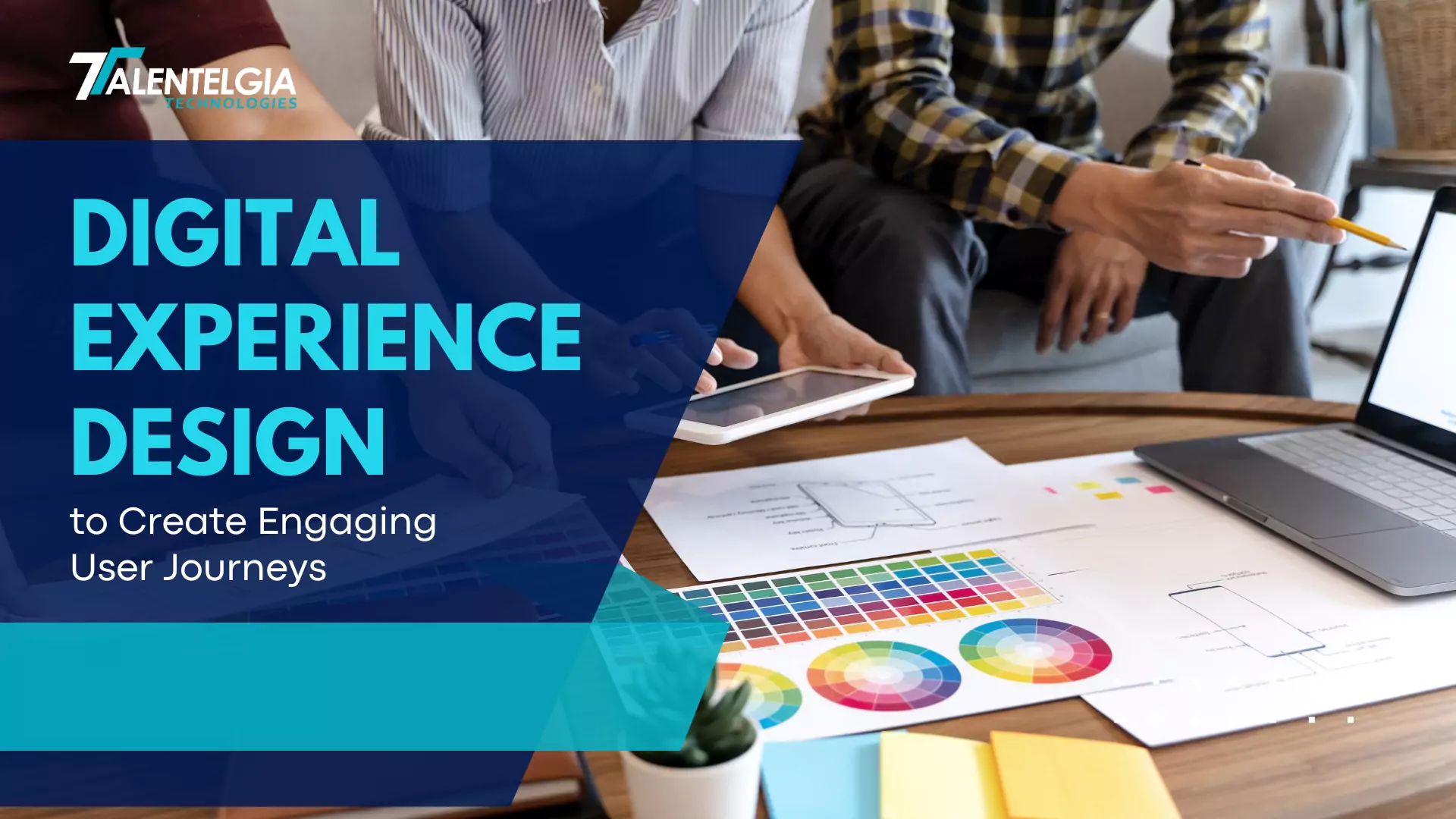

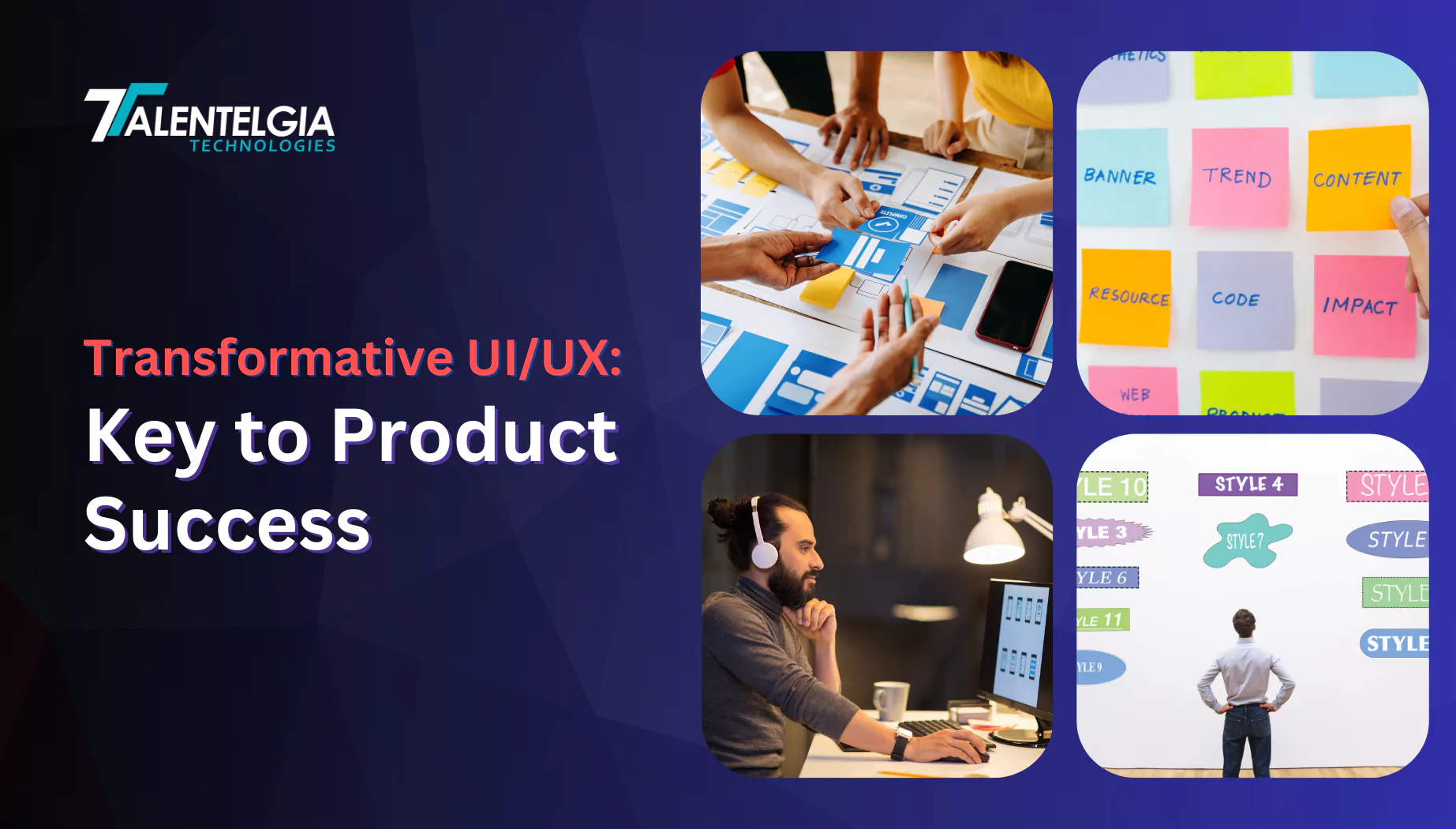

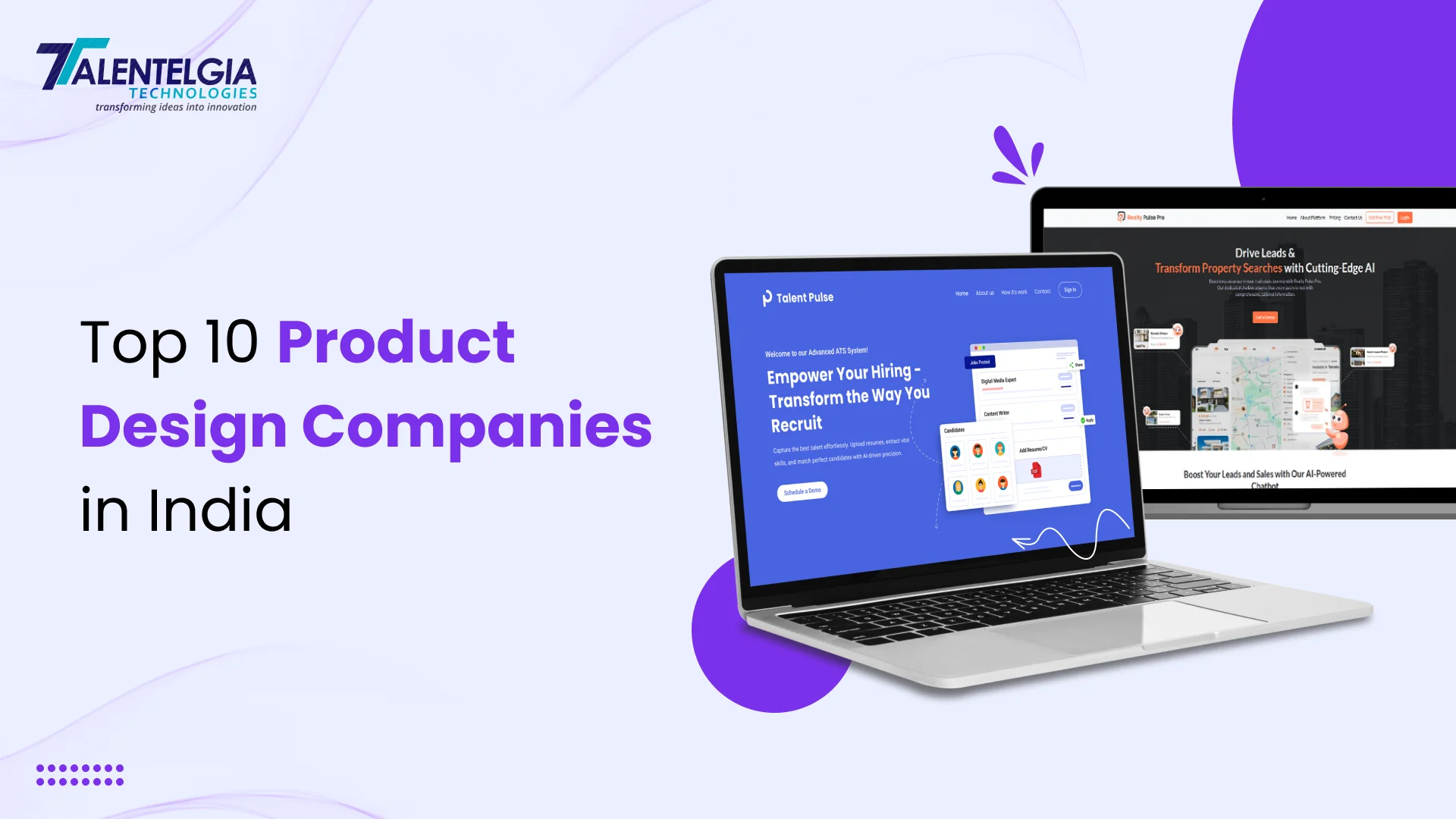












 Write us on:
Write us on:  Business queries:
Business queries:  HR:
HR: 





